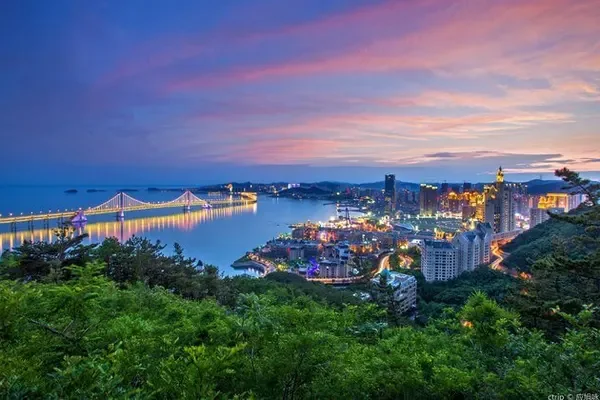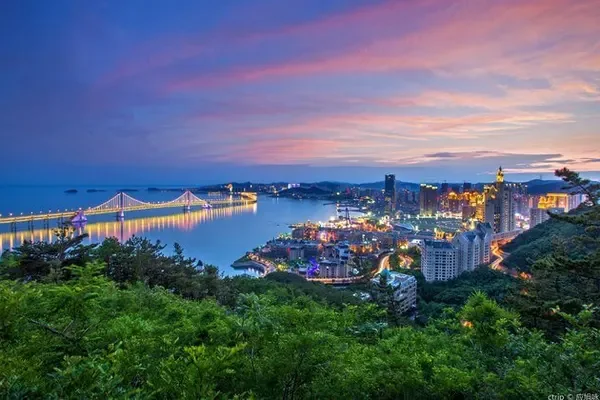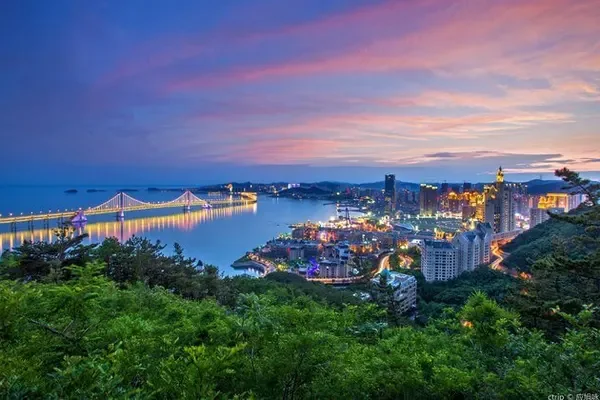introduce
Yongle Palace was first built in 1247 AD to commemorate Lu Dongbin, one of the Eight Immortals. It took more than 110 years to complete the construction. It is the largest existing Taoist temple in the Yuan Dynasty. Yongle Palace was originally built in Yongle Town, west of Ruicheng County, but was moved to its current location due to the reservoir project in the early days of the founding of the People's Republic of China. Yongle Palace is very convenient to play. When you enter the gate, just walk along the central axis from south to north. On the central axis of Yongle Palace, there are Shanmen, Dragon and Tiger Hall (Wuji Gate), Sanqing Hall (Wuji Hall), Chunyang Hall and Chongyang Hall. Except for the gate of the Qing Dynasty, the other four are the original buildings of the Yuan Dynasty. When you stand in Yongle Palace, you will find that the buildings here are full of Yuan Dynasty style. The thick bucket arches are layered and staggered, and there are not many carvings around them. Concise and clear. In addition to the unique style of Yuan Dynasty architecture, the murals in the four main halls of Yongle Palace are even more exquisite. The representative work is the "Chaoyuan Picture" in the Sanqing Palace. of ancient paintings. When you come to the Sanqing Hall, what you see in front of you are the murals all around. A total of 290 gods are drawn in the murals, the eight main gods are as high as 3 meters, and the lower jade girl is also about 2 meters. The composition is magnificent and magnificent. When you look at this mural, be sure to pay more attention to the portraits. The portrayal of the characters in the painting is the successful part of the mural. The 290 immortals have different postures, characteristics, vivid expressions, and none of them are the same. The painters of those days painted gods, but they actually created various images of the human world. In addition to the representative works, you can also enjoy the "Picture of the Immortal Journey of the Emperor Chunyang" in the Chunyang Hall. The murals form a biographical album of Lu Dongbin in the form of comic strips. In the Chongyang Hall, you can see the legendary life of the legendary Wang Chongyang vividly depicted in the murals. When visiting Yongle Palace, we often meet many students from the Academy of Fine Arts who come here to copy ancient murals.
opening hours
Closed on Monday throughout the year; April 1-October 31, Tuesday to Sunday 08:00-18:00 (last admission 17:30); November 1-March 31 of the following year, Tuesday to Sunday Sunday 09:00-17:00 (last admission 16:30); closed on Mondays (except national statutory holidays)



